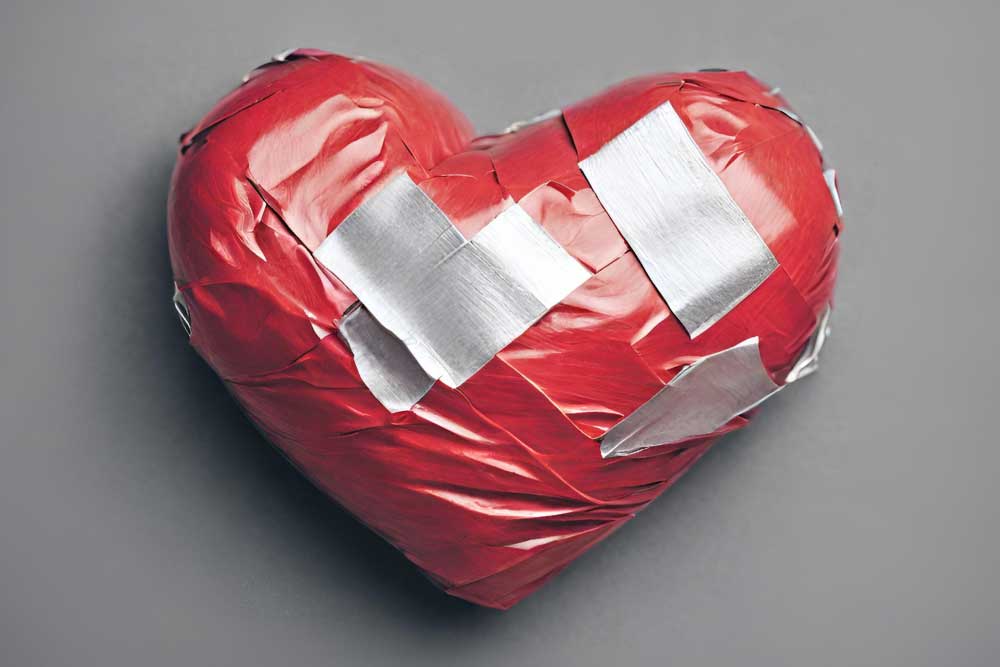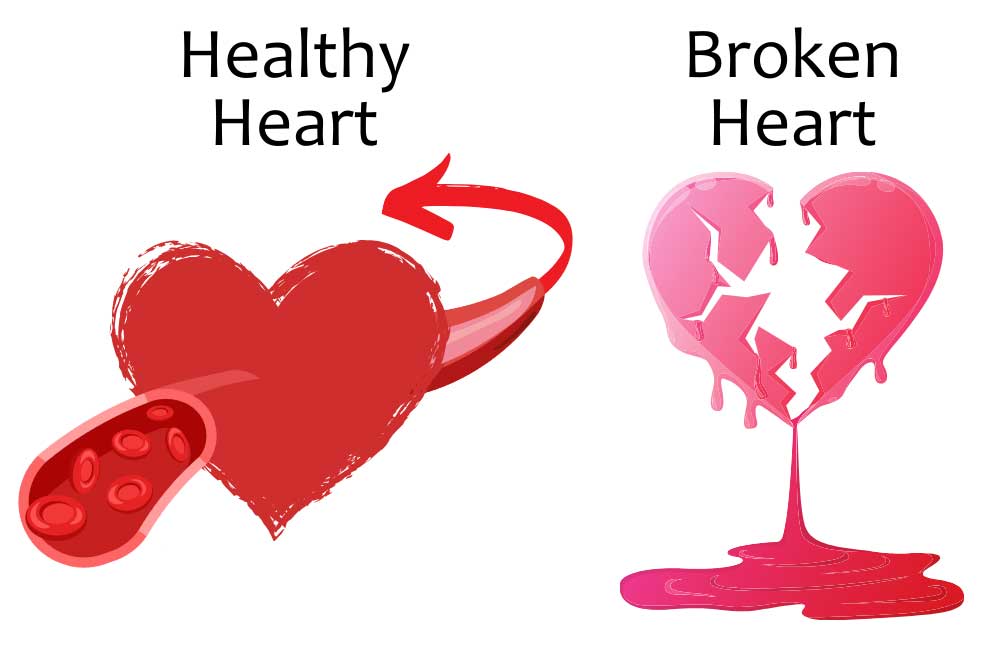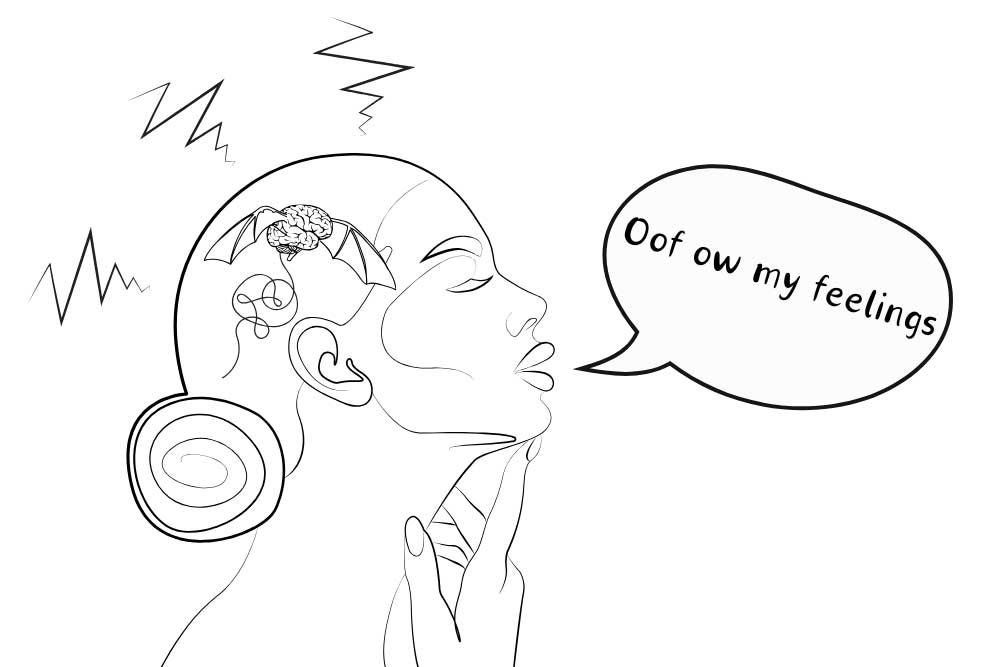
We’ve all been there: we finally ask out the total hottie we’ve been crushing on for months, only for them to reply with “…who are you?” Oof and ow. Hands tremble, eyes water, we turn away in shame, and our heart literally breaks in half. This is very dangerous! The heart actually works best when it’s all in one piece, pumping blood, and not when it’s in many pieces crying.

Scientists have long looked for ways to mend a broken heart. The classic adage “time heals all wounds” has been the primary standard of care, but that has been deemed “very boring” by experts. Other researchers have looked into things like “sad music,” “eating,” and “partying.” In spite of these classical treatments, over the course of someone’s life, there is a nearly 100% chance they will experience hurt feelings! Clearly, a new approach is needed.
Previous methods of dealing with heartbreak have all been focused on the mental state; our psychological health. Now research scientists have been looking into physically reassembling the heart. Initial attempts at welding and gluing failed. Researchers went back to first principles to find the proper adhesive. Then, Dr. Jimmy Scientist – who was having an HVAC system installed in his house – looked up what a duct was. The first Google result says a duct is “a bodily tube or vessel.” The heart is a pump, sure, but it still has blood flow through it, which sorta makes it a duct. Using the axiom of “well technically…” scientists recently announced a new way to fix a broken heart: duct tape!

Using duct tape to fix a broken heart is not an easy process. Taping it all back together requires open heart surgery which has been described as “ouchie” and “yucky.” On top of this, the tape doesn’t stick if the heart is all wet and bloody, so they have to drain all the blood out of you first, which can make you light-headed. Then surgeons have to find most (at least a few) of the little broken pieces and tape it all together. At the end of the procedure, a really good doctor will even remember to put the blood back in the body.
So how does this work? A healthy heart pumps blood using the power of squishy-wishy. This blood reaches your whole body, including the brain. Some scientists suspect the brain might actually be a vampire because it really likes blood. In fact, the brain drinks ~2 ½ cups of blood every minute, which has been described as “radical” and “totally metal.” The brain is happy when it drinks this blood, and that makes you happy. When the heart is all leaky and broken, however, the brain can’t get enough blood. It gets angry and starts fluttering its bat wings or whatever. This can wobble your tear ducts, causing them to leak, and also makes your feelings hurt.

Duct tape keeps the heart watertight (bloodtight?!?) and gives it a chance to squish-wish blood up to your endraculated brain. With luck, we’ll be able to bounce back from heartbreak with speed. So if you experience heartbreak before the next April Fool’s, consider the duct tape method: all it takes is some open-heart surgery, a roll of adhesive tape, and a surgeon with no scruples.
Staff Writer / Editor Benton Lowey-Ball, BS, BFA
Listen to the article here:
References:
No.




